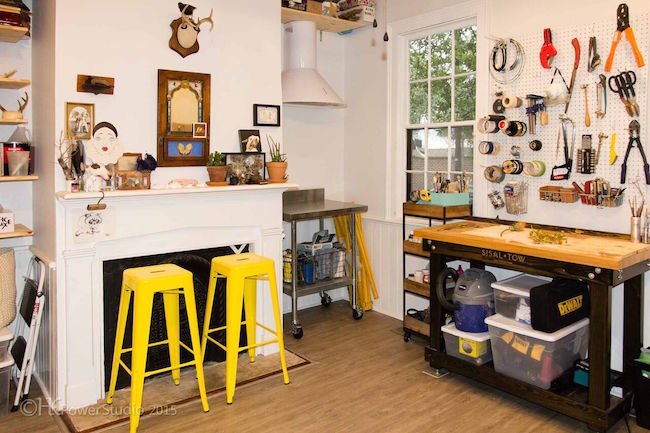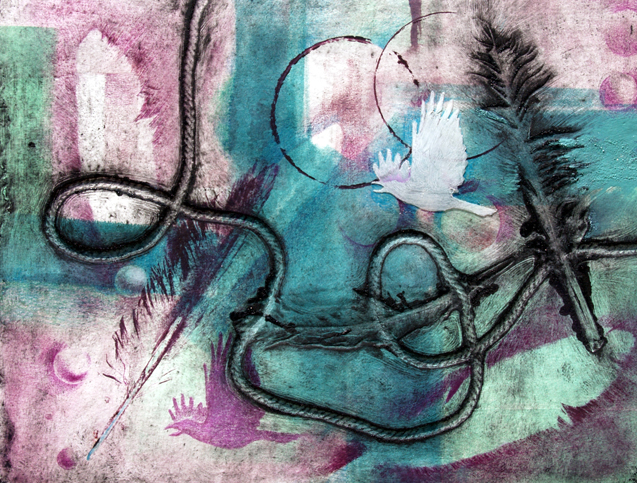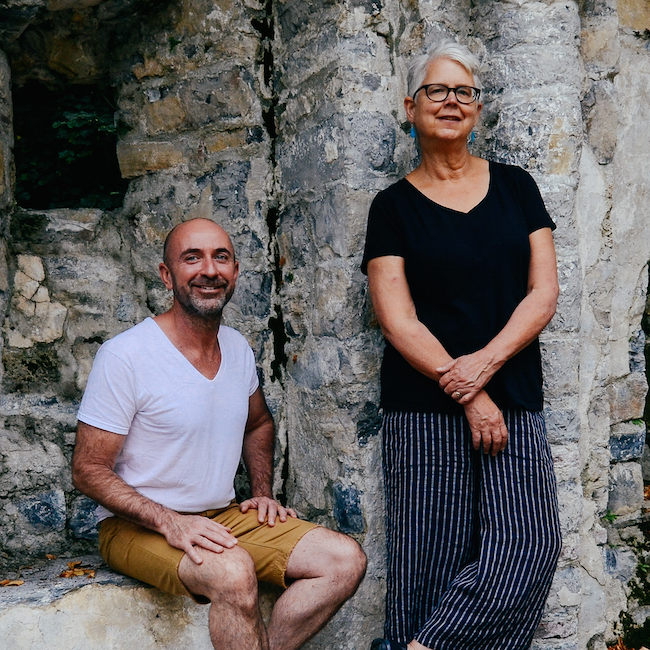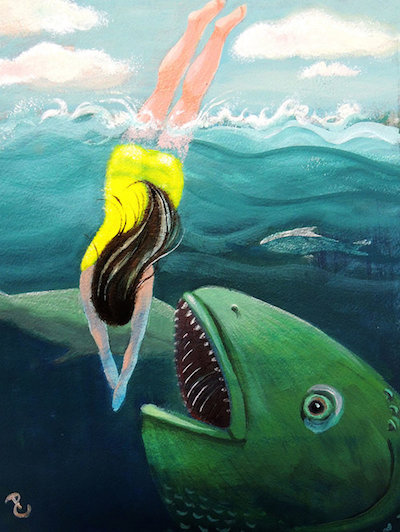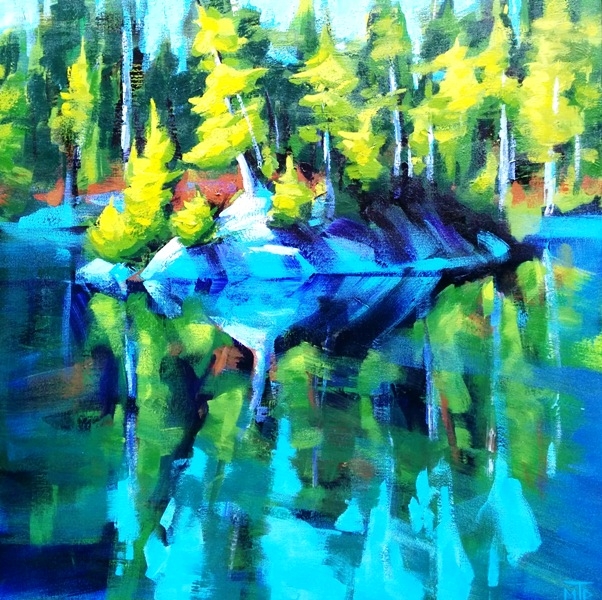Last week I dragged my busy butt down to a mineral springs resort and spa for a getaway with my dear friend, Kelly.
Road trip!
Conveniently, the getaway coincided with a discussion I had with one of my coaches about the need to create more “space” in my life.
Since that time, which hasn’t even been two weeks, I have found space not only in soaking in the springs, but also in embracing silence; seeking questions rather than answers; and saying No.
Kelly and I also found space on the road. The trip down to the springs should be just over 5 hours. We somehow turned that into 7+ hours.
There are people who see the dot on the map and race toward it without stopping for a restroom break. And then there are those who, like me, look for any diversion to learn or to be entertained along the route.
I tend to explore on my road trips. I have been caught:
- Coming across a newspaper from a nearby town and rerouting the return trip because it might be an ideal place to retire. (It wasn’t.)
- Visiting the local cemetery.
- Driving out of the way because I heard on NPR about the “green” rebuilding of Greensburg, Kansas ten years after a devastating tornado and I wanted to see it. (It’s pretty cool. I’d go back! And I’d eat again at this Mexican restaurant where they were lovely and one of the few places open on Memorial Day.)
- Veering an hour off the interstate to see a visionary artist’s creation.
Yeah, I could get there faster if I focused on the dot on the map, but where’s the adventure in that? I prefer the stories I can gather along the way – stories that will become part of the fabric of my life forever.
What stories are you gathering?
Your Career Journey
Your career path is marked by exhilarating highs and devastating lows. I wish I had learned earlier the wisdom in riding the waves rather than fighting against them.
When you seek shortcuts, you miss out on opportunities that might lead to bigger rewards.
When you have your eye only on the end goal (the dot on the map), you become blind to all that can enrich your art and life.
I contend that if you aren’t committed to the journey of your career, you surely won’t be satisfied with the destination.
Of course, the journey isn’t all roses and fairy dust. It’s

